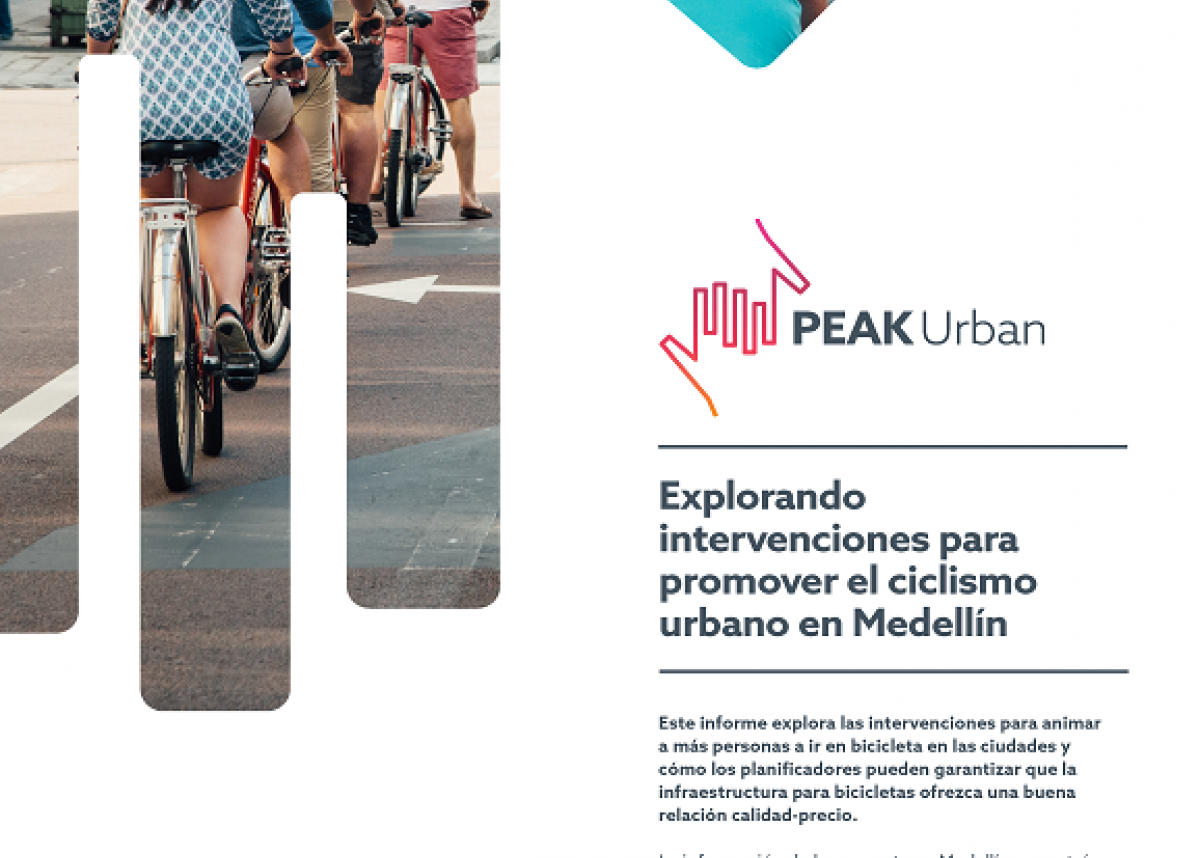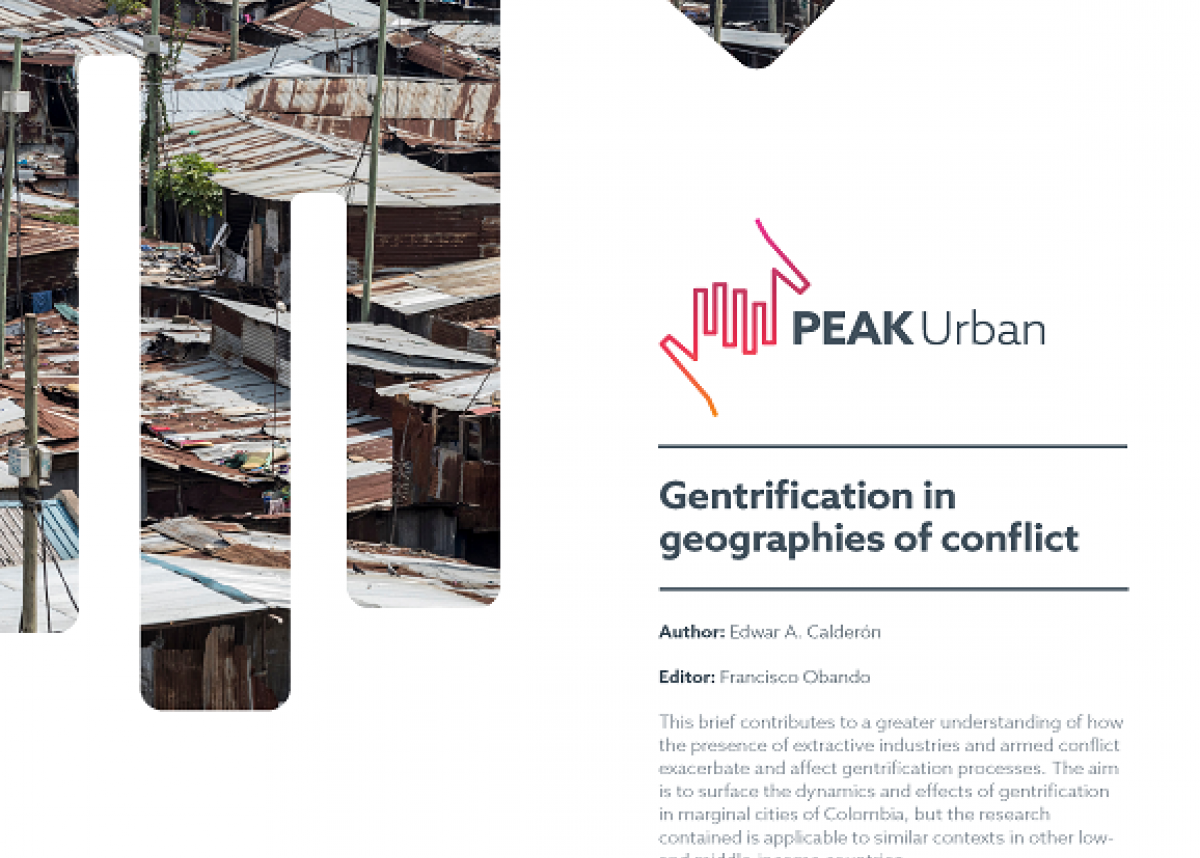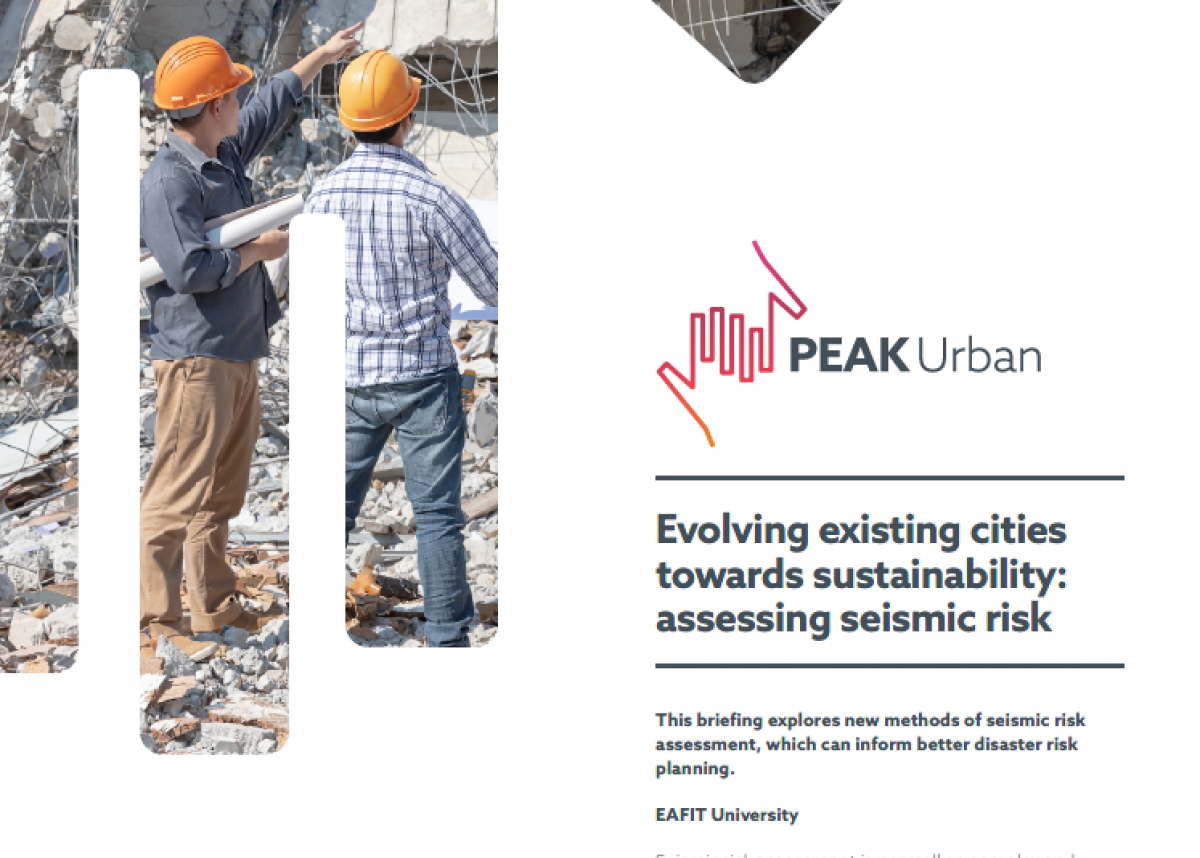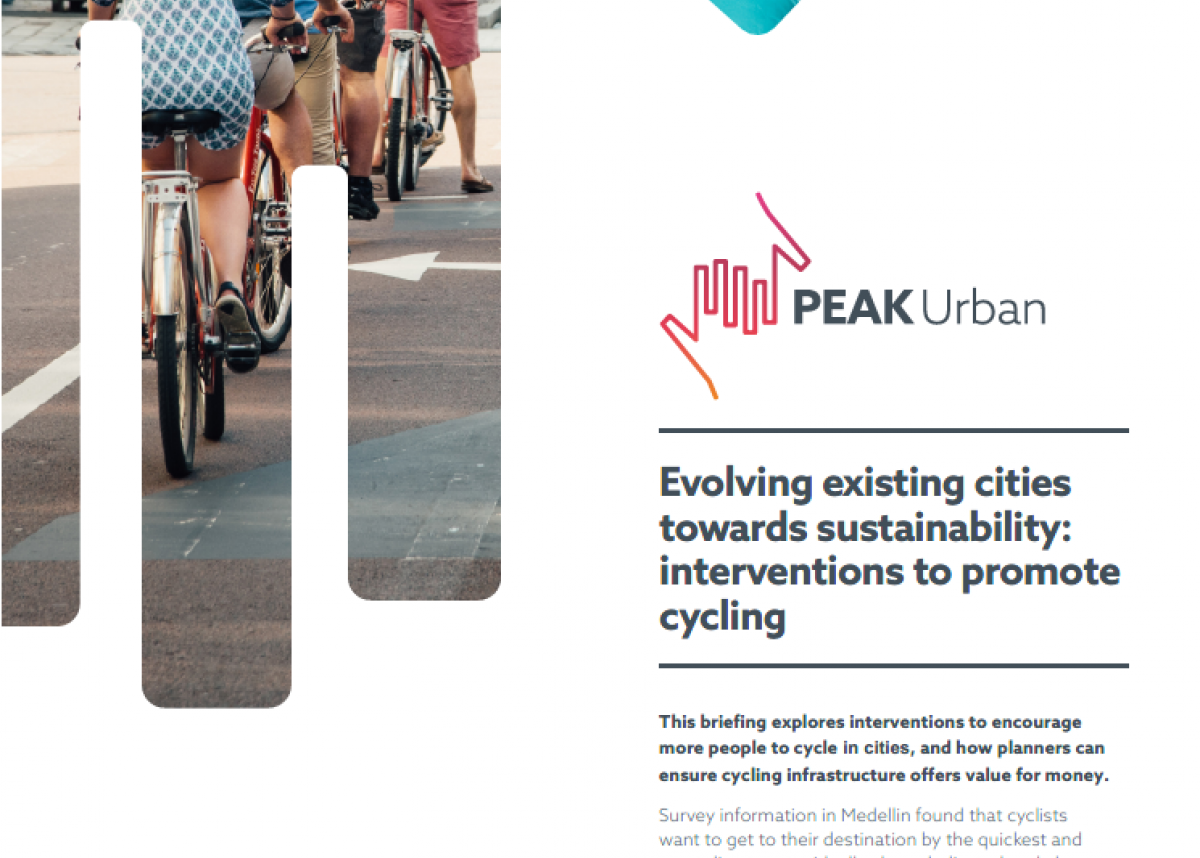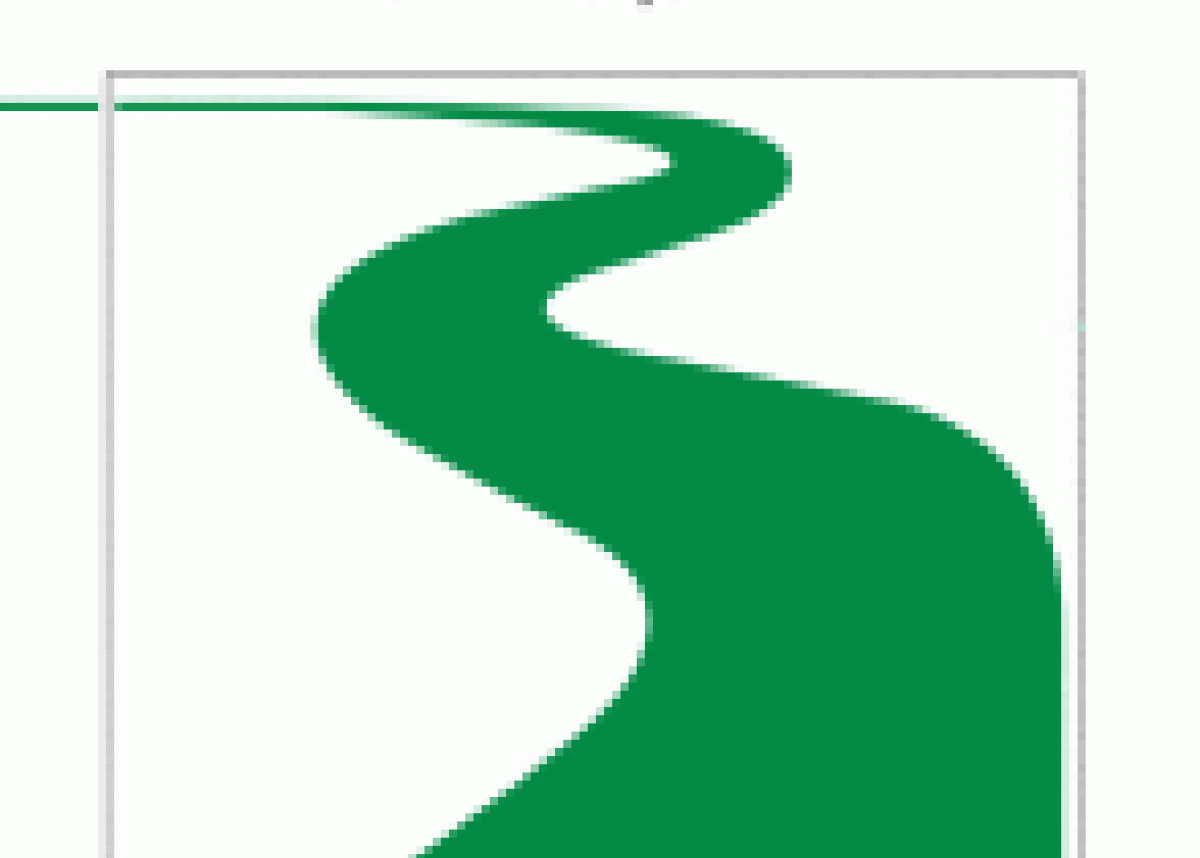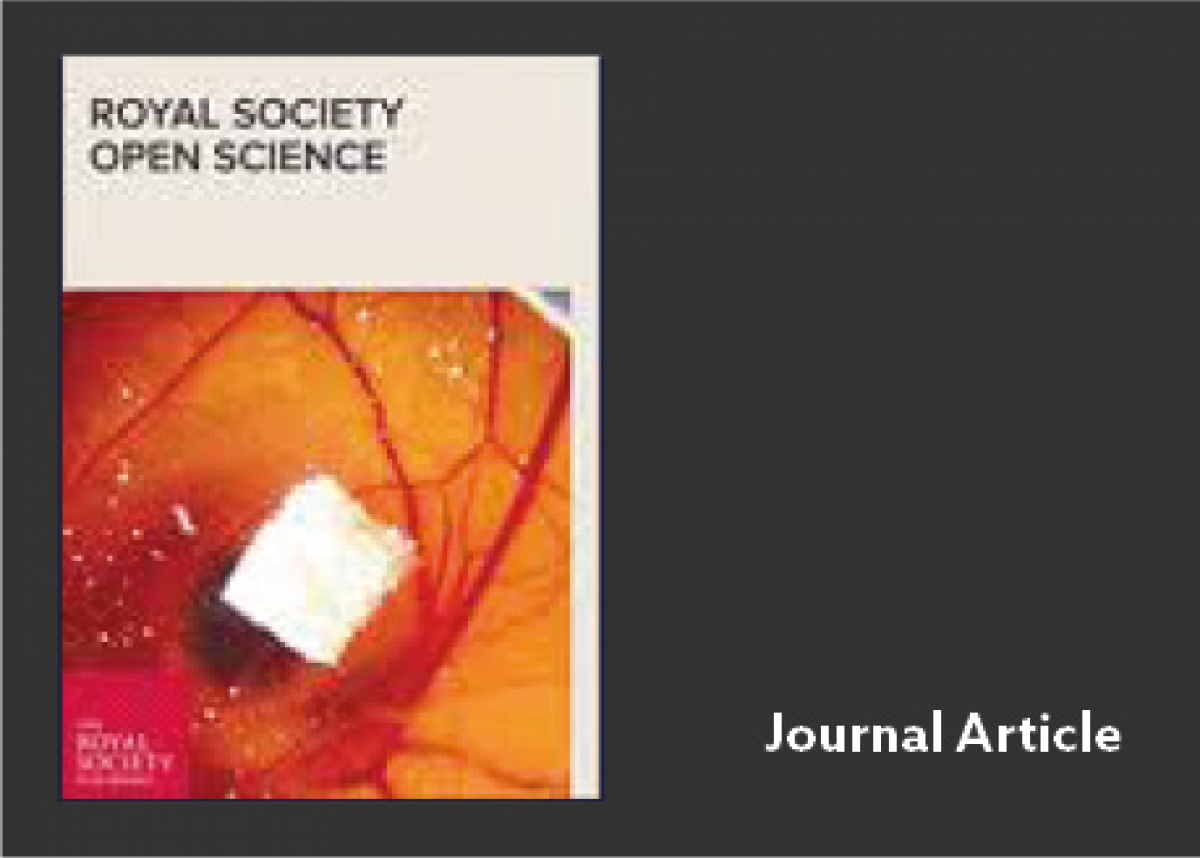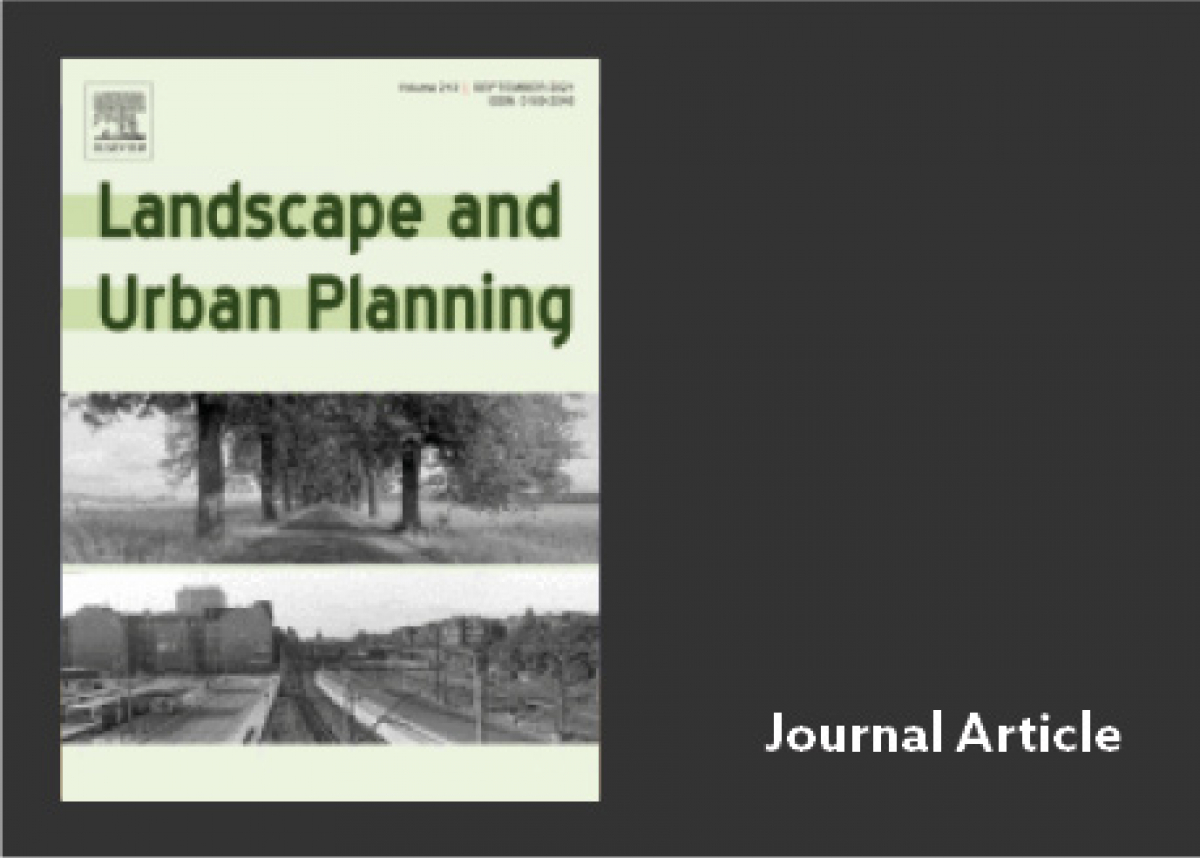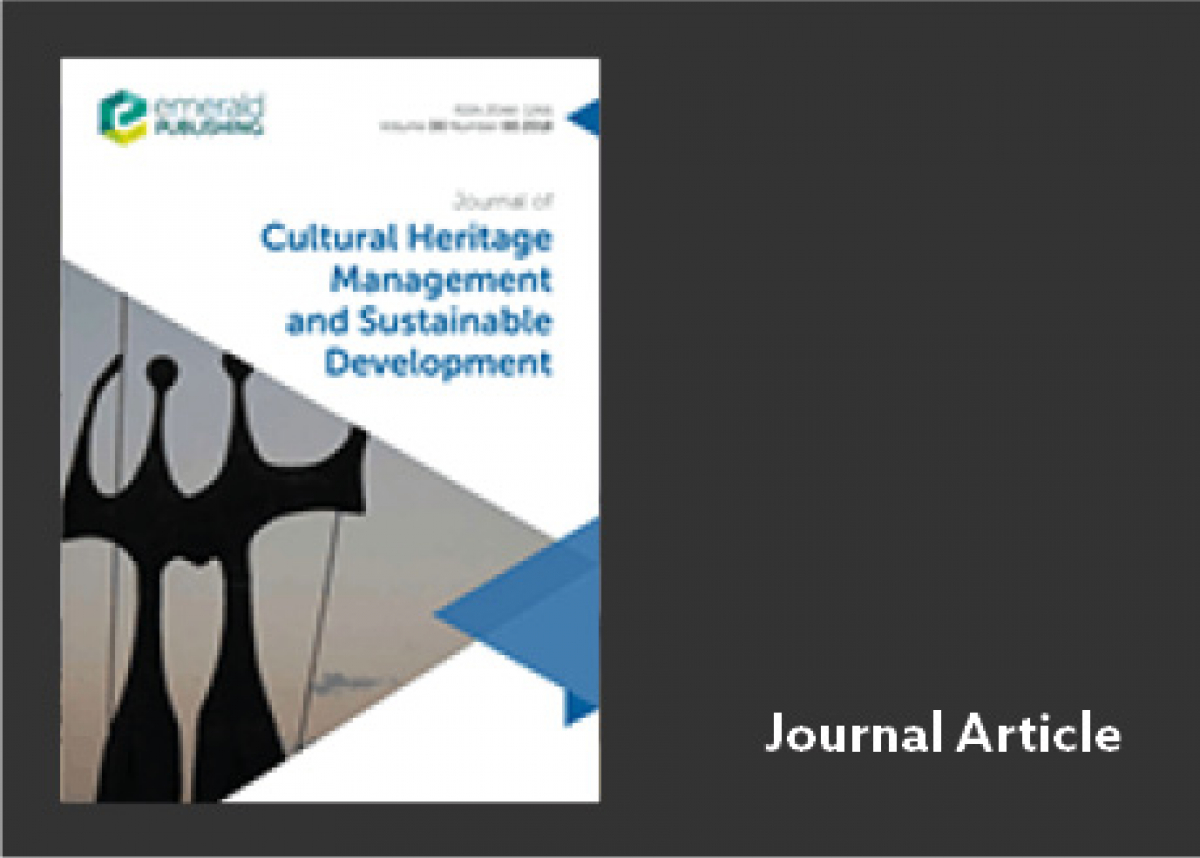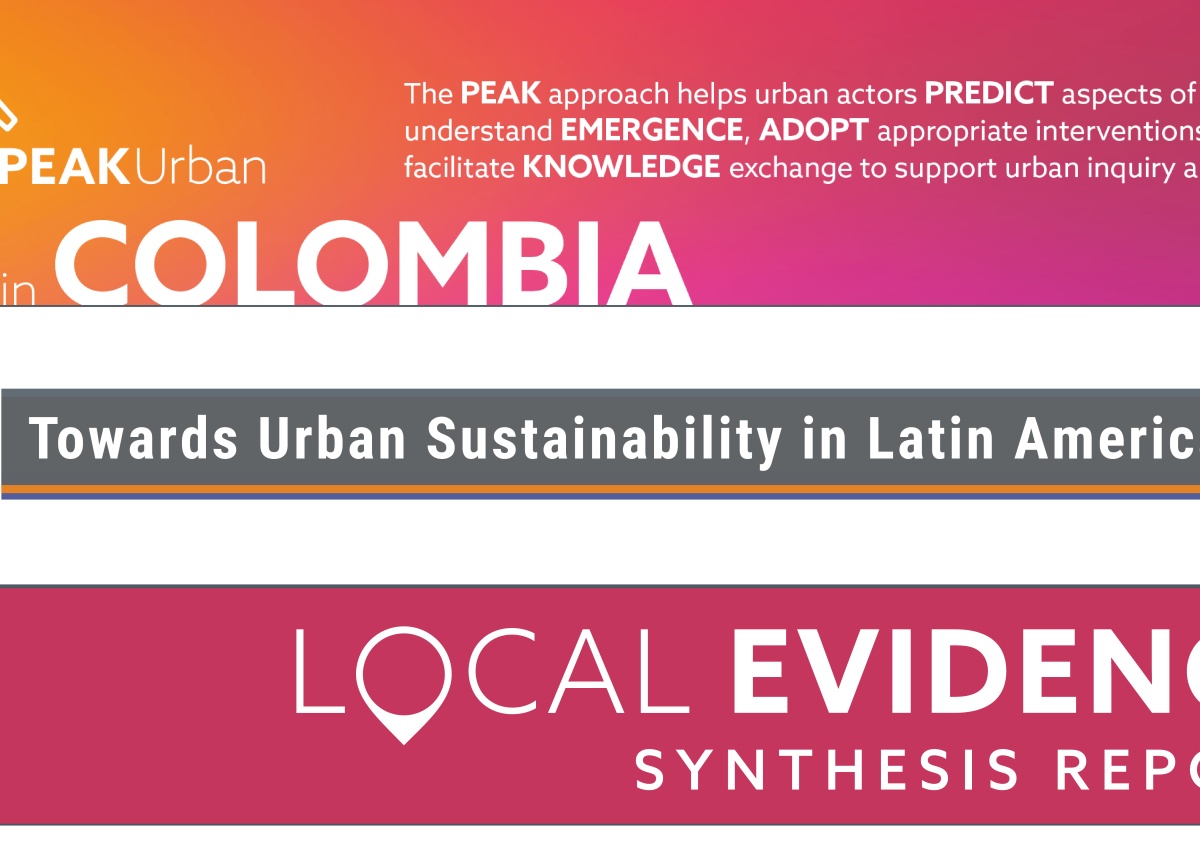
Automatic detection of building typology using deep learning methods on street level images
An exposure model is a key component for assessing potential human and economic losses from natural disasters. An exposure model consists of a spatially disaggregated description of the infrastructure and population of a region under study. Depending on the size of the settlement area, developing such models can be a costly and time-consuming task.
In this paper we use a manually annotated dataset consisting of approximately 10,000 photos acquired at street level in the urban area of Medellín to explore the potential for using a convolutional neural network (CNN) to automatically detect building materials and types of lateral-load resisting systems, which are attributes that define a building's structural typology (which is a key issue in exposure models for seismic risk assessment).
The results of the developed model achieved a precision of 93% and a recall of 95% when identifying nonductile buildings, which are the buildings most likely to be damaged in an earthquake. Identifying fine-grained material typology is more difficult, because many visual clues are physically hidden, but our model matches expert level performances, achieving a recall of 85% and accuracy scores ranging from 60% to 82% on the three most common building typologies, which account for 91% of the total building population in Medellín.
Overall, this study shows that a CNN can make a substantial contribution to developing cost-effective exposure models.
